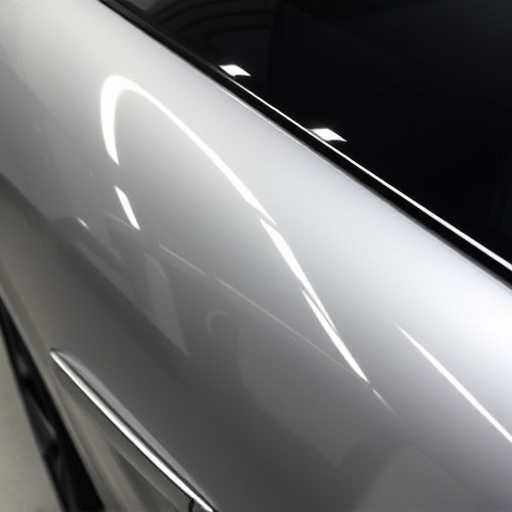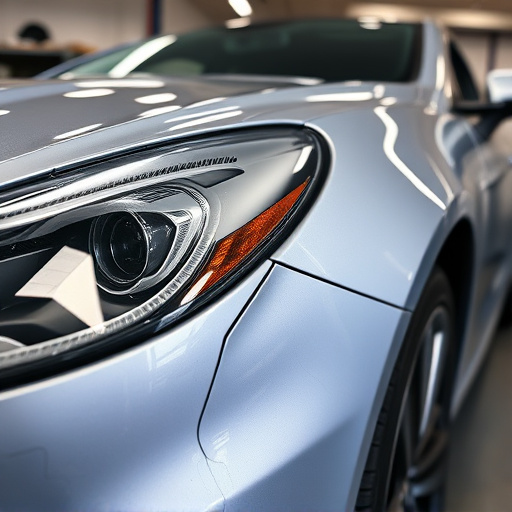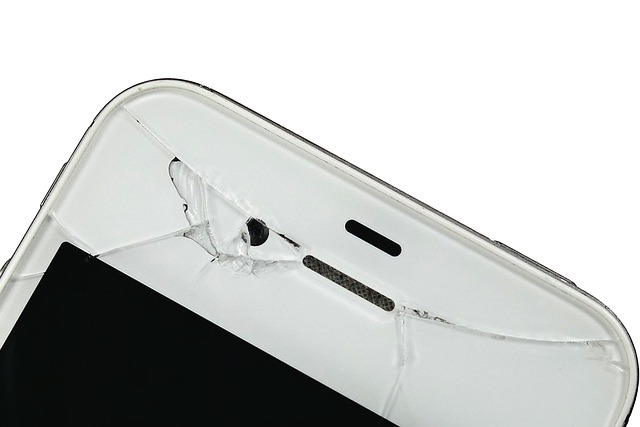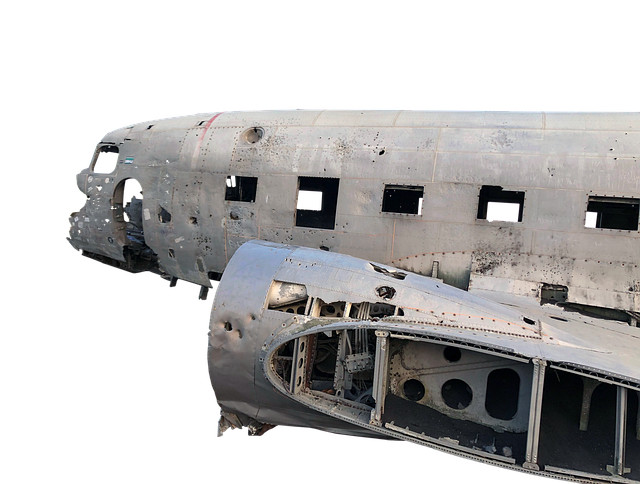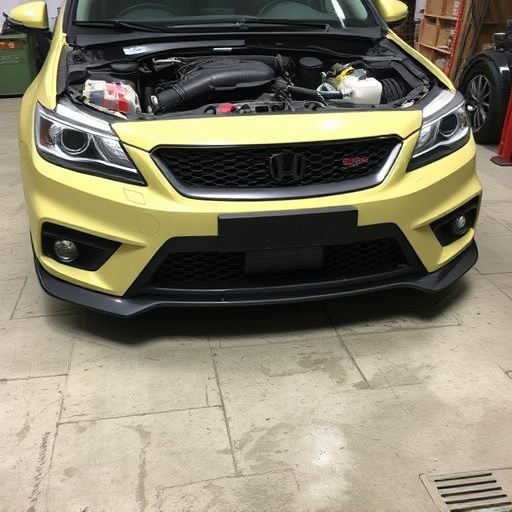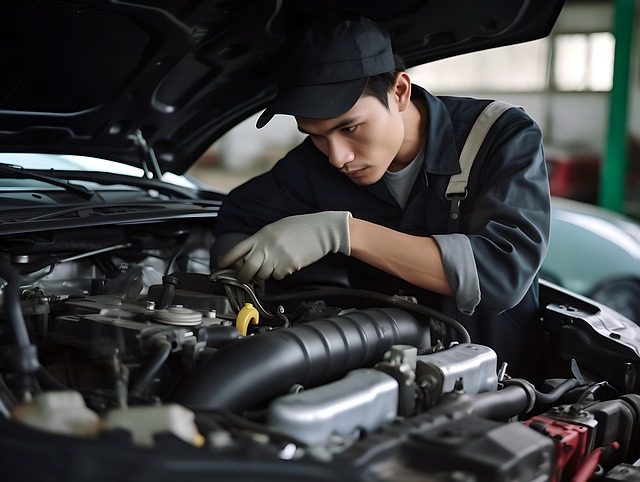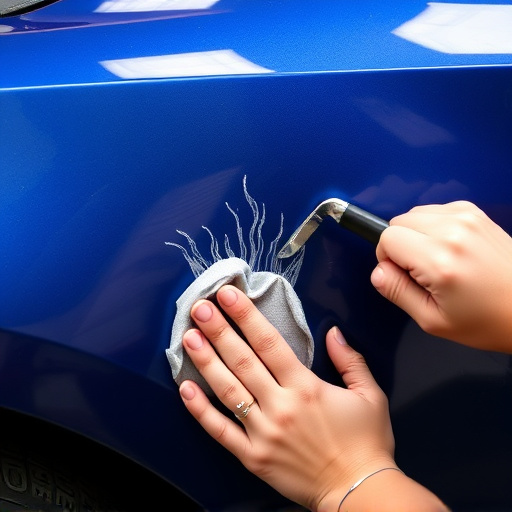Induction heating repair involves understanding key components—induction coil, power source, control system, workpiece—that work together to heat metal for tasks like hardening and melting. Common challenges include uneven heating and excessive energy consumption due to faulty components, debris obstruction, or misalignments. Regular maintenance, quick attention to issues, and adherence to guidelines are crucial for optimal repair outcomes. Meticulous troubleshooting identifies root causes, leading to effective solutions and enhanced equipment longevity in automotive restoration.
Induction heating systems are essential in various industrial processes, but their complex nature makes repairs a critical task. This article delves into the key elements of induction heating repair you should know. We start by demystifying these systems, exploring their basic components and functionality. Next, we identify common issues and their causes, followed by effective troubleshooting steps to ensure quick and efficient repairs. Understanding these aspects is vital for maintaining optimal system performance and minimizing downtime in your operations.
- Understanding Induction Heating Systems: Basic Components and Functionality
- Common Issues in Induction Heating Repair: Identification and Causes
- Effective Troubleshooting Steps for Quick and Efficient Repairs
Understanding Induction Heating Systems: Basic Components and Functionality
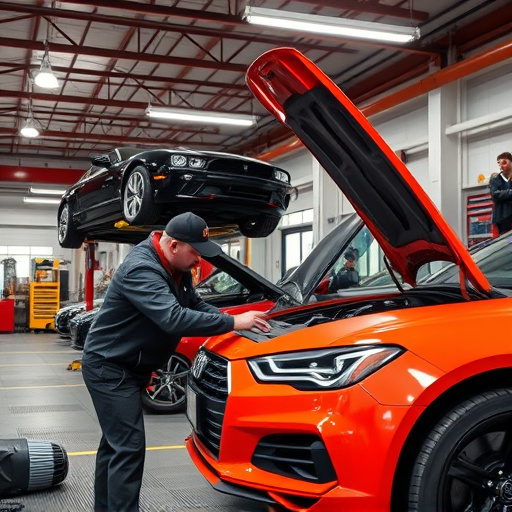
Induction heating systems are a key component in various industrial processes, including metalworking and vehicle restoration. These systems utilize electromagnetic fields to generate heat within conductive materials, making them highly efficient for tasks like hardening, melting, and heat treating metals. At their core, they consist of several crucial elements: the induction coil, power source, control system, and the workpiece itself. The induction coil, typically made of copper or aluminum, produces the alternating magnetic field when powered by an electrical current. This field induces eddy currents in the conductive material, which in turn generates heat due to resistive resistance.
The power source supplies the necessary energy to the coil, while the control system regulates the flow of electricity and, consequently, the intensity of the magnetic field. In a car repair shop or body shop setting, induction heating is often employed for tasks like straightening bent metal frames or reheating soldered joints during vehicle restoration. Understanding these basic components and their interactions is vital for anyone engaging in induction heating repair, ensuring that each element functions optimally to deliver precise and effective heat application.
Common Issues in Induction Heating Repair: Identification and Causes
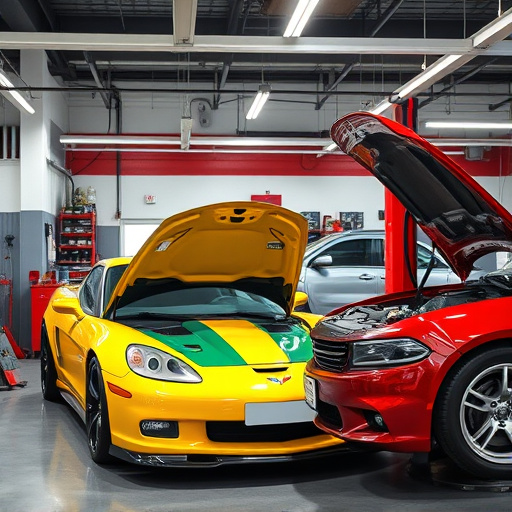
Common issues in induction heating repair can arise from various factors, hindering the efficiency and effectiveness of the process. One frequent problem is uneven heating, resulting in incomplete or inconsistent repairs, particularly noticeable in complex metal structures. This issue often stems from faulty inductors, incorrect wiring configurations, or impediment in the heating path, leading to hot spots and temperature variations. Another prevalent challenge is excessive energy consumption, where the system struggles to maintain optimal performance, potentially causing car damage repair and requiring costly vehicle body shop interventions for scratch repair.
The causes behind these issues can range from simple misalignments or debris obstruction to more complex problems like worn-out components or aging machinery. Identifying the root cause demands meticulous observation and diagnostic testing. Regular maintenance checks, prompt attention to unusual noises or vibrations, and adherence to manufacturer guidelines can significantly mitigate these common pitfalls in induction heating repair, ensuring better outcomes for all repairs, from minor scratch repairs to major metal fabrication tasks.
Effective Troubleshooting Steps for Quick and Efficient Repairs
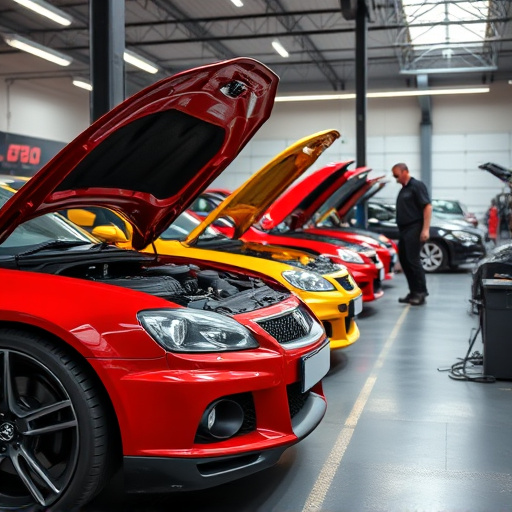
When it comes to efficient induction heating repair, effective troubleshooting is key. Start by identifying the root cause of the issue – is it a faulty power supply, a malfunctioning inductor, or an improper control system? Once pinpointed, address the problem swiftly. Replace any defective components and ensure proper connections for optimal performance. Regular maintenance checks can also prevent future issues, making quick repairs less necessary.
For vehicle repair enthusiasts or those offering collision repair services, having a solid understanding of induction heating repair is invaluable. By implementing these troubleshooting steps, you’ll not only fix existing problems but also enhance the longevity and efficiency of your equipment, whether it’s for car scratch repair or more complex vehicle restoration work.
Induction heating repair is a specialized process that demands a thorough understanding of its key elements. By grasping the basic components and functionality of these systems, identifying common issues, and employing effective troubleshooting steps, you can efficiently navigate induction heating repair. Remember, prompt action on potential problems can prevent major disruptions, ensuring your induction heating equipment operates optimally for years to come.

